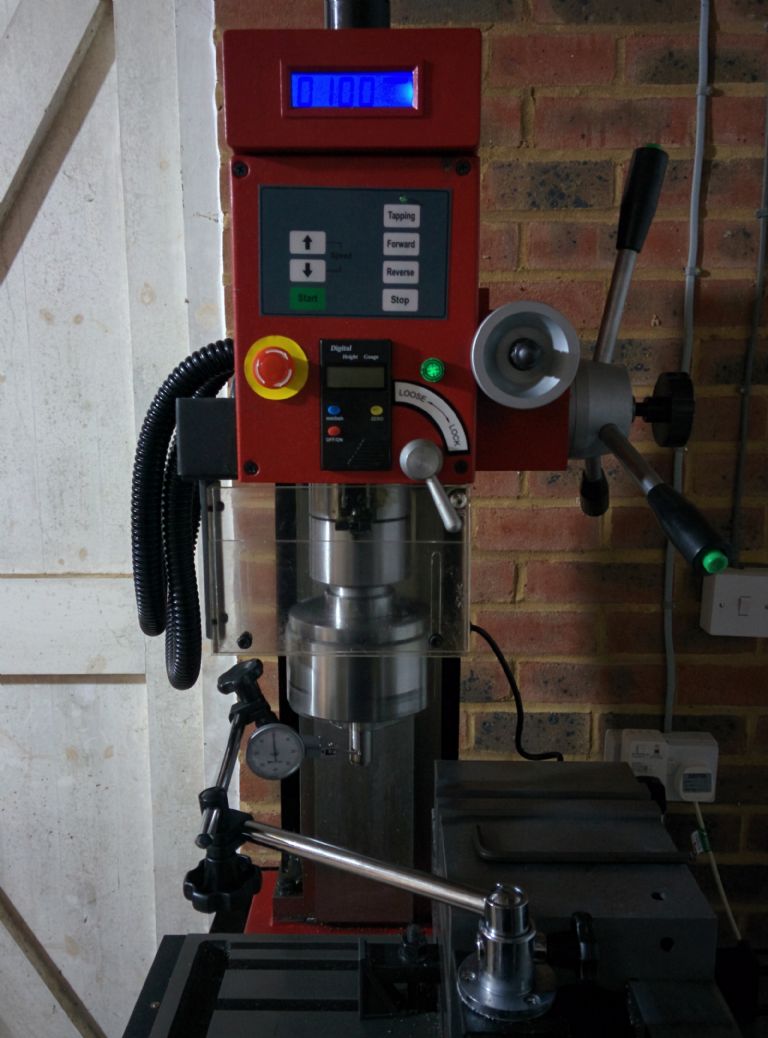Update
Hi, I have tried to take on board the various bits of advice offered here, regarding improving the surface finish of my cast-iron turning. Unfortunately I don't have a grinding wheel so I can't really make or use HSS cutting tools, so I have to stick with carbide inserts.
At the time of purchasing this chuck for the mill, I didn't have a boring head or a rotary table, so it was helpful to be able to have the workpiece rotating in the chuck, whilst bringing the turning or boring tools up to it; gripping the tools using the vice on the milling bed.
Anyway, previously my cast-iron facing cuts were with a generic CCMT060204 carbide insert. This has an angle of 80 degrees, with a tip radius of 0.4mm. The rotational speed and feed-rate was too high, and the depth of cut too shallow. The insert material was not ideal for cast-iron, and it is not designated as a 'finishing' insert.
The image below shows the 100mm chuck backplate. The central region shows my initial turning finish, which is quite dull and roughly scored.
I have just bought new inserts and holders. The new ones are DCMT11T308-UF KC5010, these have an angle of 55 degrees, and a tip radius of 0.8mm, combined with a "wiper"-style tip for ultra-fine surface finish.
The recommended operating conditions are that the depth of cut be no LESS than 2/3 of the cutter radius.
In this case, this means a minimum of (2/3)*0.8=0.53mm (21 thou).
Also, I selected 150rpm, and turned the feed wheel as smoothly as I could using two hands.
The results are shown in the below image, where the shiny outer turned region is the result.
This was tricky as this area is an interrupted cut, due to the 4 bolt-holes, but it still worked ok,
As you can see, it isn't quite mirror-finish, but it is a lot shinier and smoother than my original attempt at turning.
For my application, this finish quality it is probably good enough, although any suggestions for improvement are always welcome. I'm not even sure how much better than this a manual machine can do?

Edited By Nicholas Lee on 28/01/2016 22:29:12
 Michael Gilligan.
Michael Gilligan.






